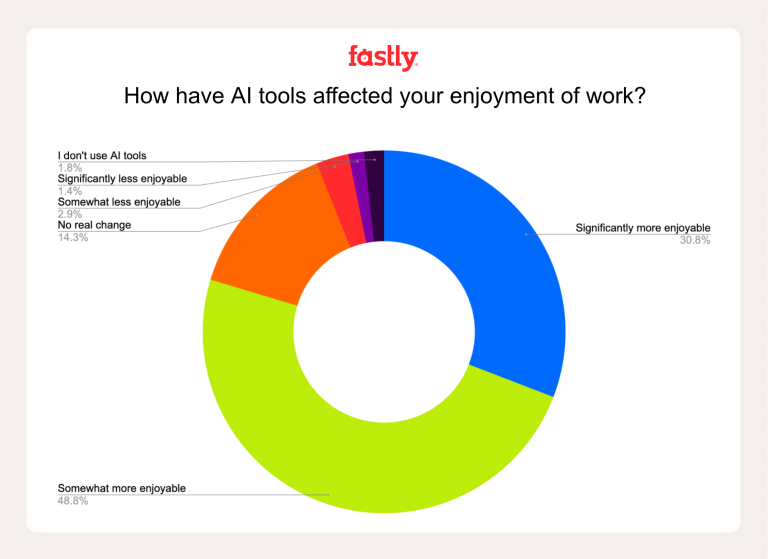

Decades ago, when the technology we take for granted today was brand new, there weren’t many ideas for how to repair it. It was brand new and no one knew what to really expect, so a simple break-fix relationship was started where once something broke, then you could get it serviced.
The break-fix relationship that we’ve been using with technology is almost as old as the technology itself, but that doesn’t mean it’s still a good solution.
Just like how technology has evolved since those early days, the way we approach repairs and solutions has evolved as well. Unfortunately, some people still rely on the old break-fix technology model relationship despite how broken it is.
What is the Break-Fix Relationship?
Break-fix technology relationships may also be referred to as break’n fix, but the two are the same. It follows a fee-for-service method where technicians only charge for the work they do that day. It’s done on an as-needed basis and does not include service bundles or plans.
With a break-fix approach, a device is only serviced when a problem arises. If the same problem arises later, they’ll pay the same amount for the same repair. There’s no routine servicing done to the device to prevent the problem from coming back and no discounts are offered as the work isn’t included in a bundle or service plan.
What is the Advantage of a Break-Fix Approach?
Just because the break-fix approach is broken doesn’t mean it didn’t have its advantages. It often provides business owners and individuals with lower maintenance costs as you aren’t having to pay a higher price for a management or service plan. That’s the only real advantage, though.
Why is the Break-Fix Technology Relationship Broken?

Although some people view the break-fix relationship as an advantage, it’s hard to ignore just how broken it is. It’s no longer the most efficient or even the best way to manage technology. Unless you know this, though, it’s very likely that you’ll continue to suffer through the broken system that seems to be the default solution.
There are a few reasons why the break-fix approach is broken and should be avoided at all costs. Here’s just a glimpse at them.
It’s Reactive, Not Proactive
In a world of proactive planning, the break-fix approach is reactive. There’s no plan in place to prevent problems from arising and once they do, a person may decide to leave it alone until it becomes a bigger problem. In the long run, this can lead to more expensive repairs and more damage done to a device.
No Cost Control
When you use a service plan or managed services, you know how much you’ll be paying each month. While you may have to pay an additional fee for certain services or to cover new parts, a managed IT servicing approach has a controlled cost. A break-fix approach does not.
With a break-fix approach, you’ll pay full price for each service that’s completed. Over time, these costs may increase and you’ll be forced to cover them entirely. There’s no predictable cost for when you call in a technician and you’re simply at the mercy of their expertise. For every service that’s completed, you’ll receive an invoice with no discount or extra benefits.
Higher Risk
These days, your business likely relies heavily upon technology. It doesn’t matter what industry you work in, if your systems stop functioning or something breaks, you’re at a huge disadvantage until someone can come in and repair them.
When you rely on a break-fix relationship, you put your business at risk. There’s no guarantee that you’ll be able to get a technician out to fix your problem that same day, so you may have to wait a day or more before you can even get a potential solution. If the problem is complex and needs additional resources to fix, you’ll have to struggle along until your technology is fixed.
It’s not a bad thing to depend on technology, but there are better solutions out there than a break-fix approach. If this is your only solution, then you’re going to struggle when something does eventually fall apart.
No Strategy
Break-fix technology relationships are all about fixing the current problem only once it appears, there’s no IT strategy involved.
In a world where multiple technologies are used together to run a business, it’s important that your system is well equipped and prepared to take on the tasks that your business will throw at it. Without a clear strategy, the risk that your technology falls apart increases.
A break-fix approach does not allow for a strategy. Even if you call the same technician every time a problem arises, they won’t be spending time coming up with a way to prevent the problem from occurring again. A break-fix approach doesn’t allow for this.
Less Experienced Technicians
The chances are low that the same technician will be available whenever you need them. Most technicians have an array of clients that they may already have appointments for, so they won’t be able to drop everything and come solve your problem when something inevitably breaks.
Unfortunately, when you use a break-fix approach, you’re more likely to search for the lowest prices and whoever is first available. Oftentimes, this will result in less experienced technicians coming to look at your problem. While this may seem like the best and fastest way to get your problem resolved, it may lead to future problems.
A More Efficient Solution
Break-fix relationships were the original solution for new technology, but that was back in the days when we didn’t know any better. Since then, the world has developed more efficient strategies for technology repair through managed services and bundle plans. Nevertheless, people still choose the break-fix approach.
As your business relies on the technology you use, it’s important to have a good strategy in place. If you don’t make an effort to properly manage and maintain your technology and instead, you rely on a break-fix approach, your business will suffer. Rather than struggle through a break-fix approach, choose a more efficient solution and protect your business from future problems.





